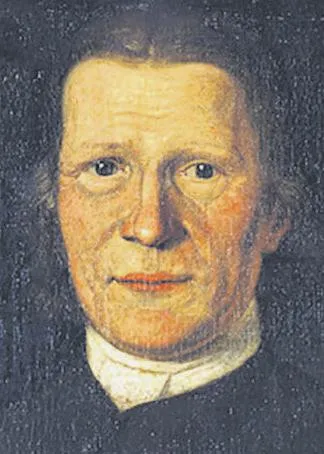When William Carey drew up his paradigm-changing book An Enquiry into the Obligations of Christians to Use Means for the Conversion of the Heathens in 1792, he included a mini-history of missions.
He cited examples of missionaries passionate for the expansion of the rule of Christ. In this mini-history, he referenced a remarkable missions-minded community, the Moravians. Carey’s words about this 18th-century body of believers are tantalisingly brief, but indicative of their influence upon him. ‘When I came to evangelism and missions,’ Carey noted, ‘none of the moderns have equalled the Moravian Brethren in this good work’.
At the close of the 1720s, under the leadership of Nicolaus Ludwig von Zinzendorf, a wealthy aristocrat and landowner in Saxony whose devotion to Christ dated from his early years as a child, the Moravians had experienced a powerful revival. They would later term it their Pentecost. And even as the Biblical Pentecost propelled the early church into mission, so did the Moravian Pentecost.








